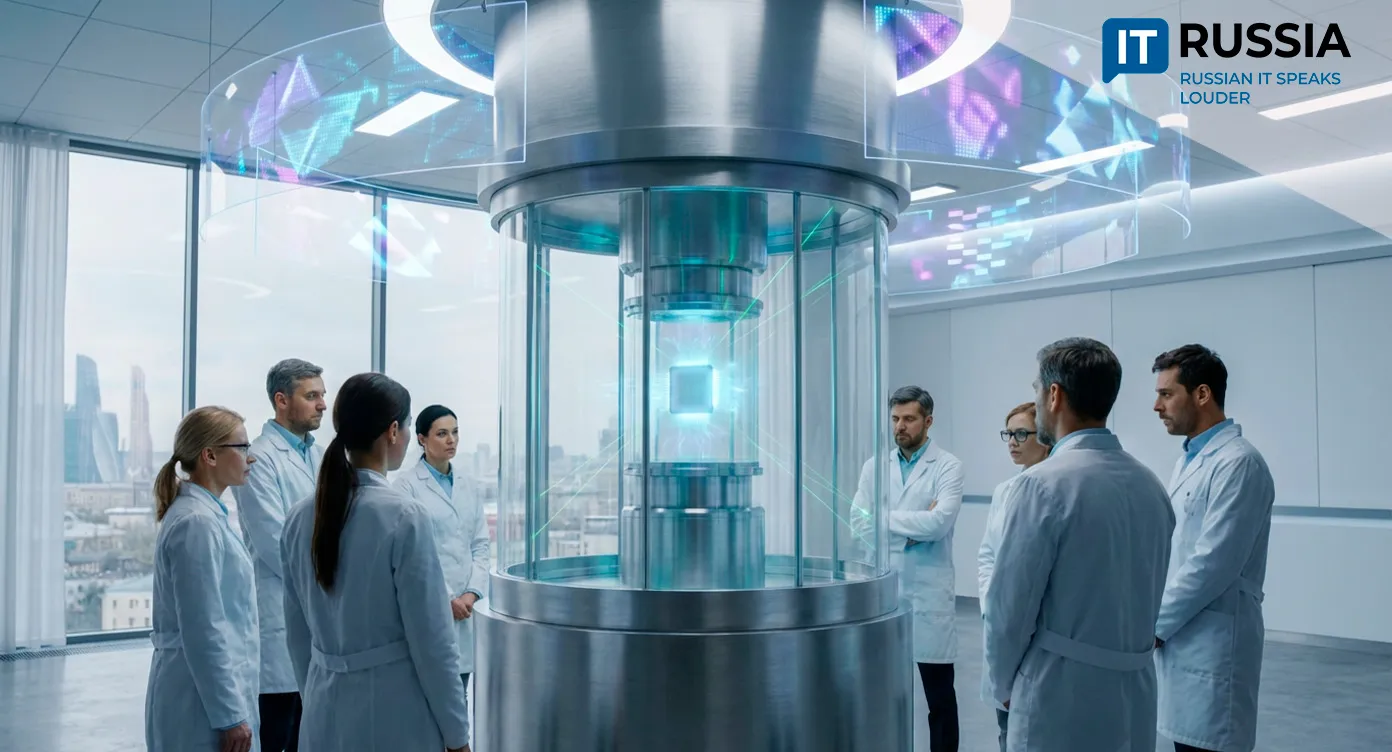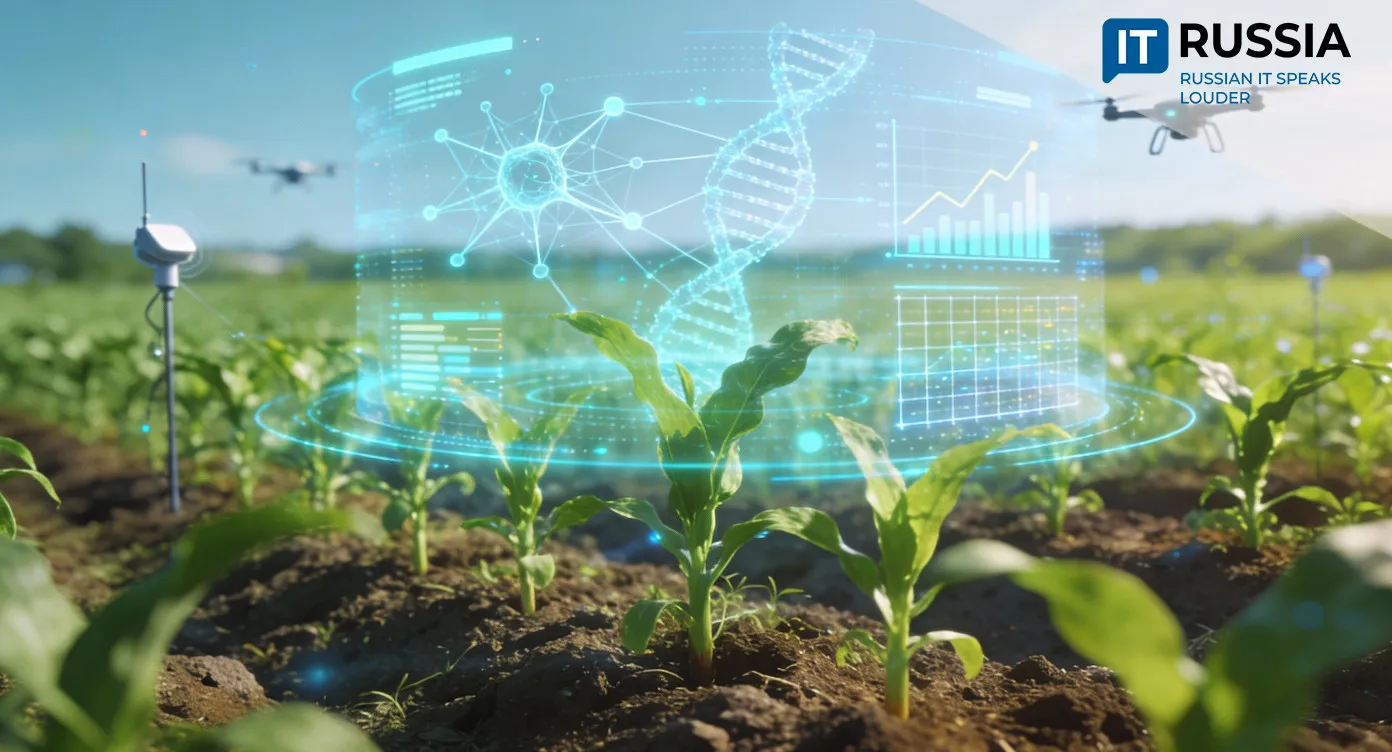The Right Soil: Kaluga Experiment Opens a New Chapter in Biotechnology
At the Botanical Garden of Kaluga State University, scientists are running a unique experiment that could radically transform how humanity preserves natural heritage and advances sustainable agriculture. For the first time, artificial intelligence is being used to optimize nutrient media for growing fungal mycelium — marking both an ecological and technological breakthrough.
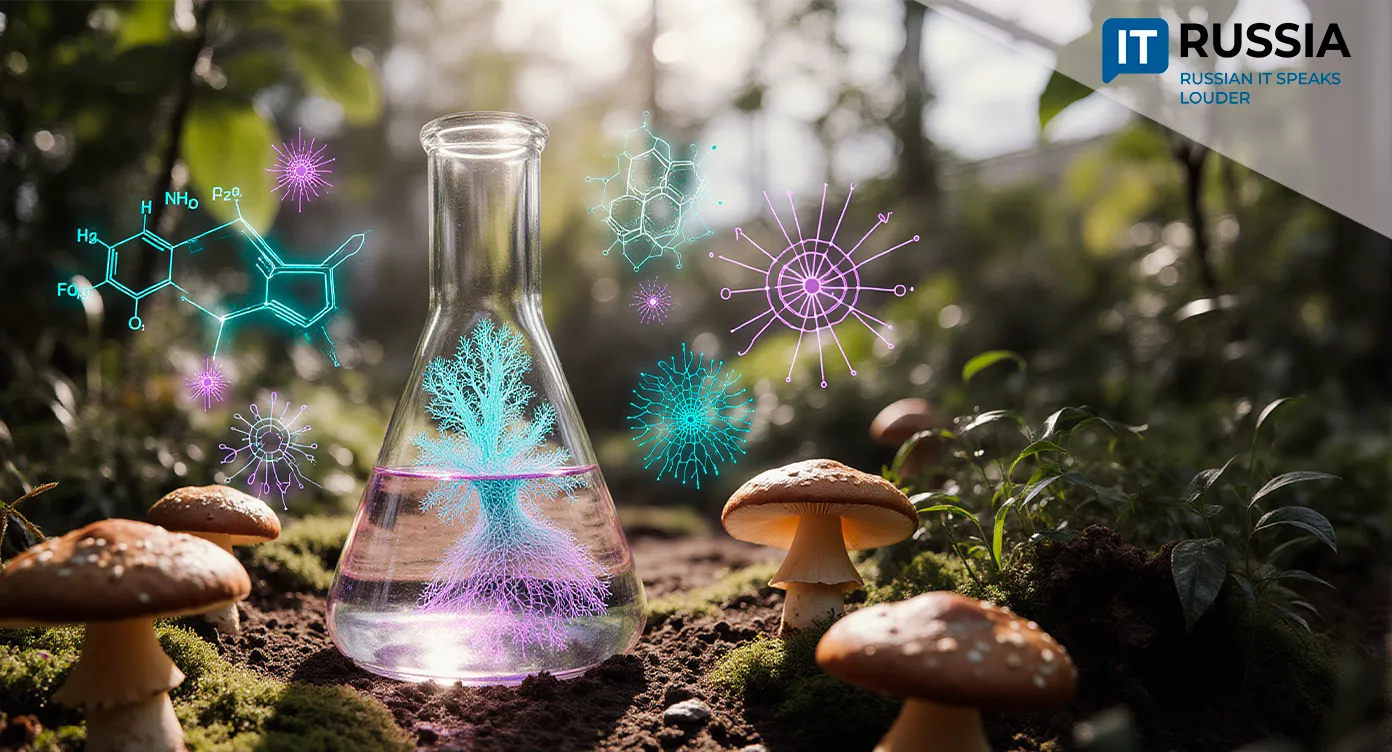
From Oyster Mushrooms to Rare Mycobiota
Preliminary results are promising, as on AI-optimized substrates fungal strains demonstrated altered growth rates compared to traditional methods. This marks a significant step toward solving a global challenge — conserving endangered fungi.
According to experts from Ugra National Park, the reserve is home to about 1,200 species of vascular plants, 260 fungi, 160 lichens, and more than 180 mosses listed in Russia’s Red Book. Some can only be found in this territory.
The Botanical Garden of Kaluga State University and Ugra National Park have launched the “Kaluga Ark” project to safeguard biodiversity. Plants and fungi will be cultivated in test tubes on specially prepared substrates. For now, scientists are experimenting with common mushrooms like russulas, porcini, and chanterelles. Next, they will turn to protected species. Experiments with oyster mushrooms showed striking results: growth rates differed notably between experimental and control substrates.
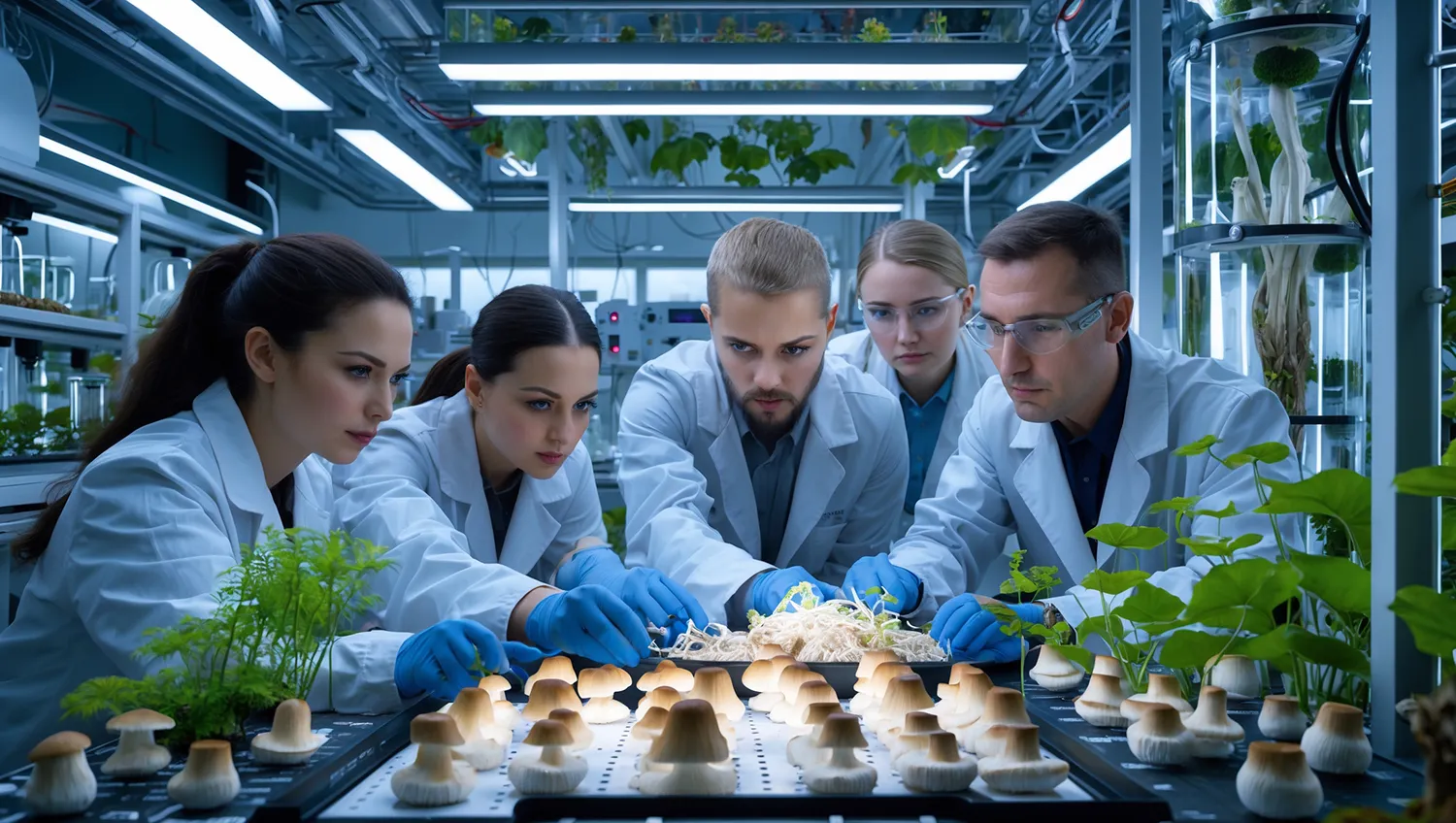
The AI’s task is not merely to accelerate growth but to find the ideal formula for cultivating delicate, little-studied fungi that resist traditional breeding methods. Success would mean establishing a legally registered collection — a reliable “strain bank” in case species disappear from the wild.
Fertile Ground for AI and Sustainability
The Russian AI market itself is thriving. By the end of 2024, it exceeded 121 billion rubles (approx. $1.45 billion). In 2025, it is projected to surpass 175 billion rubles (approx. $2.1 billion). Such momentum creates fertile ground for applied research. The Kaluga method could be replicated in other living culture collections and biobanks across the country.
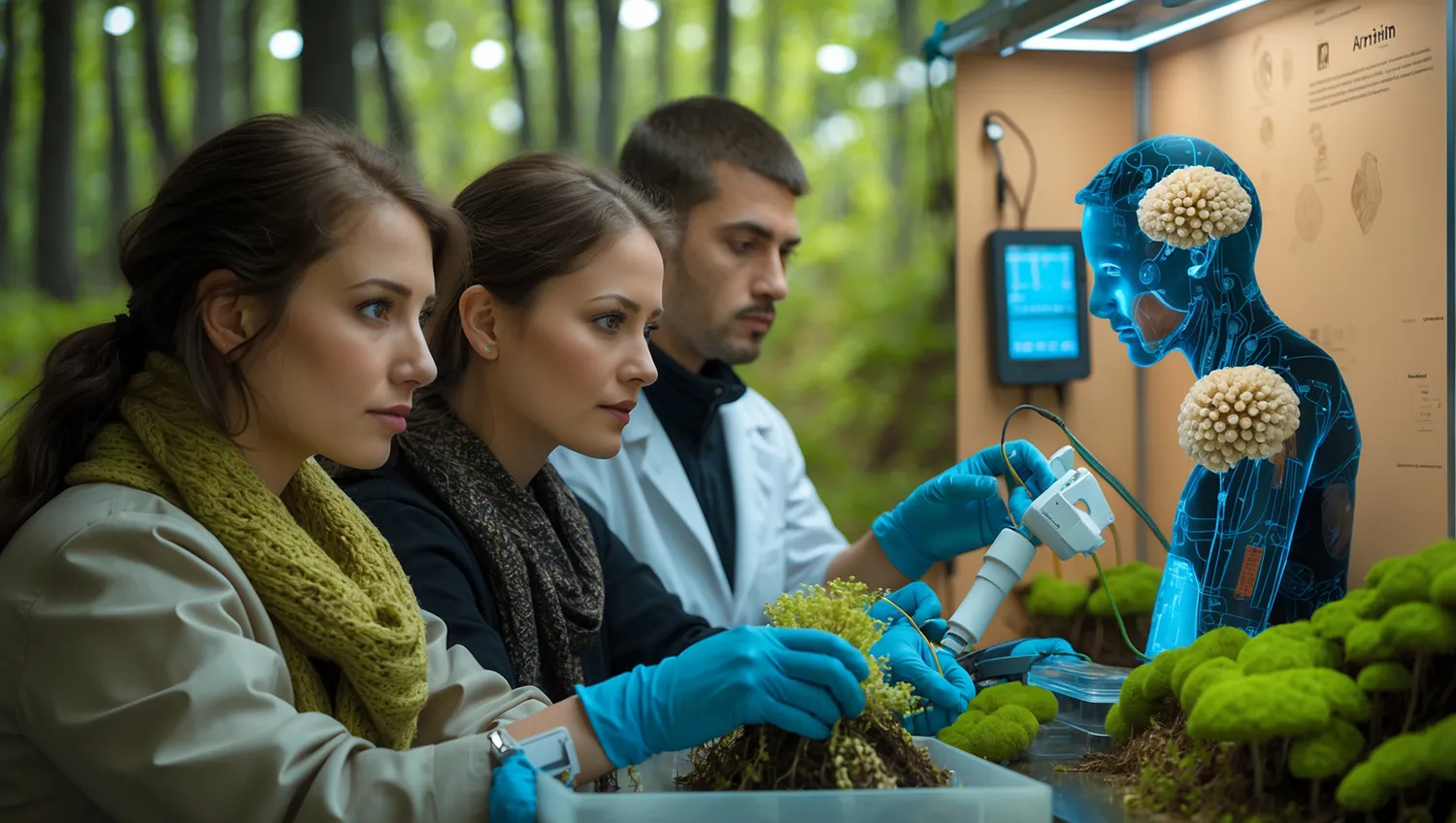
The project also holds export potential, either as AI software for substrate selection or as lab services offered to agricultural companies in the CIS and Asia.
Integrating AI-driven substrate optimization into industrial mushroom farming could increase yields and crop resilience by dozens of percentage points while opening opportunities for new bioproducts. AI adoption in Russian agribusiness is already climbing: 12 percent of companies use such solutions, while 37 percent plan to implement them.
From Concept to Tangible Results
The key challenge now is validation. Multiple repeat trials are needed to confirm the stability and reproducibility of the effect. If successful, by 2026–2027 AI-driven substrate selection could be introduced in university biobanks, piloted in industrial mushroom farms, and expanded to other regions of Russia.
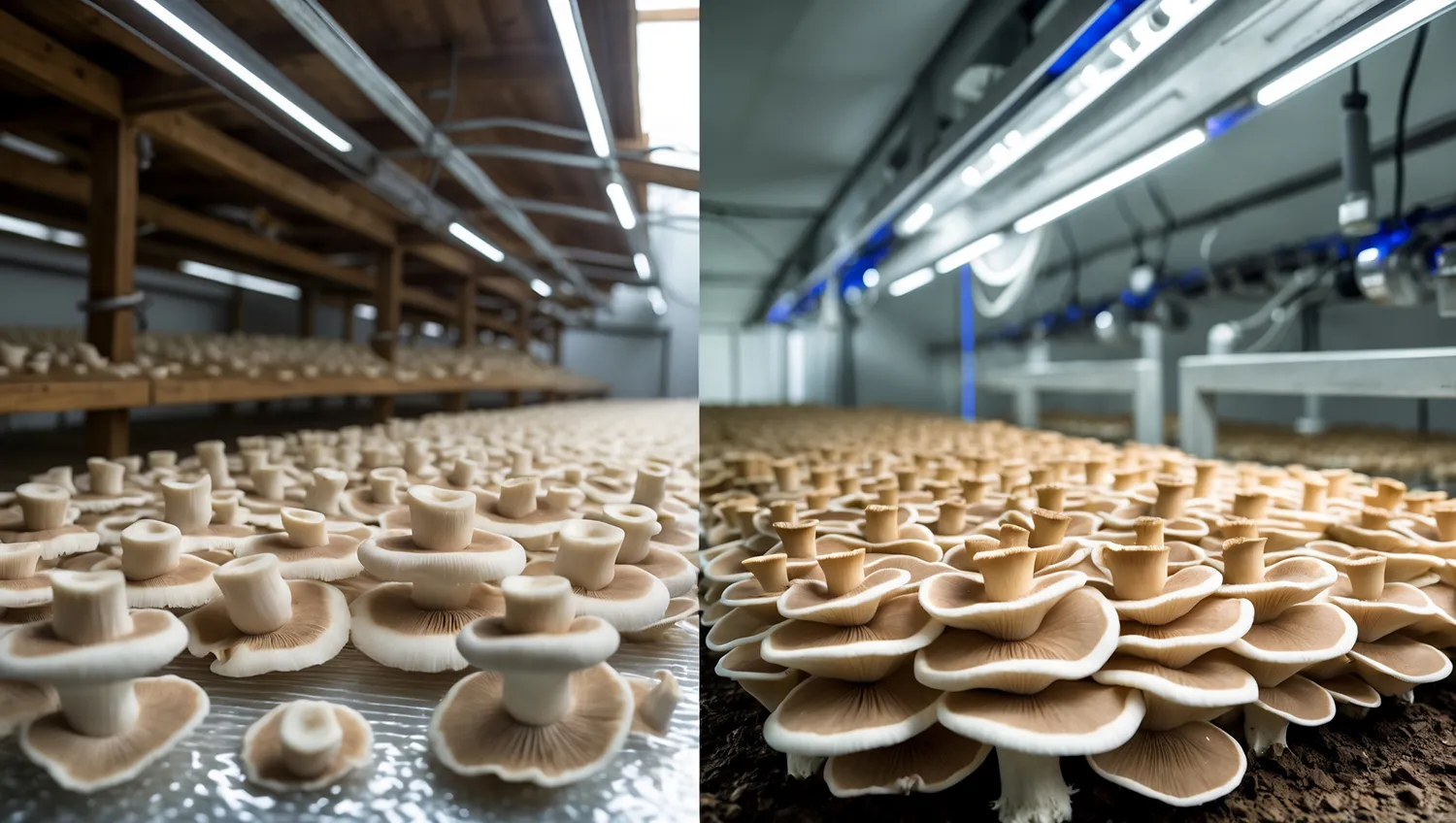
The Kaluga experiment illustrates how advanced technologies are shifting from theory to practice, addressing concrete ecological and agricultural tasks. This fusion of AI and biotechnology is not only protecting the fragile world of fungi but also laying the foundation for high-tech, sustainable agriculture with global relevance.














